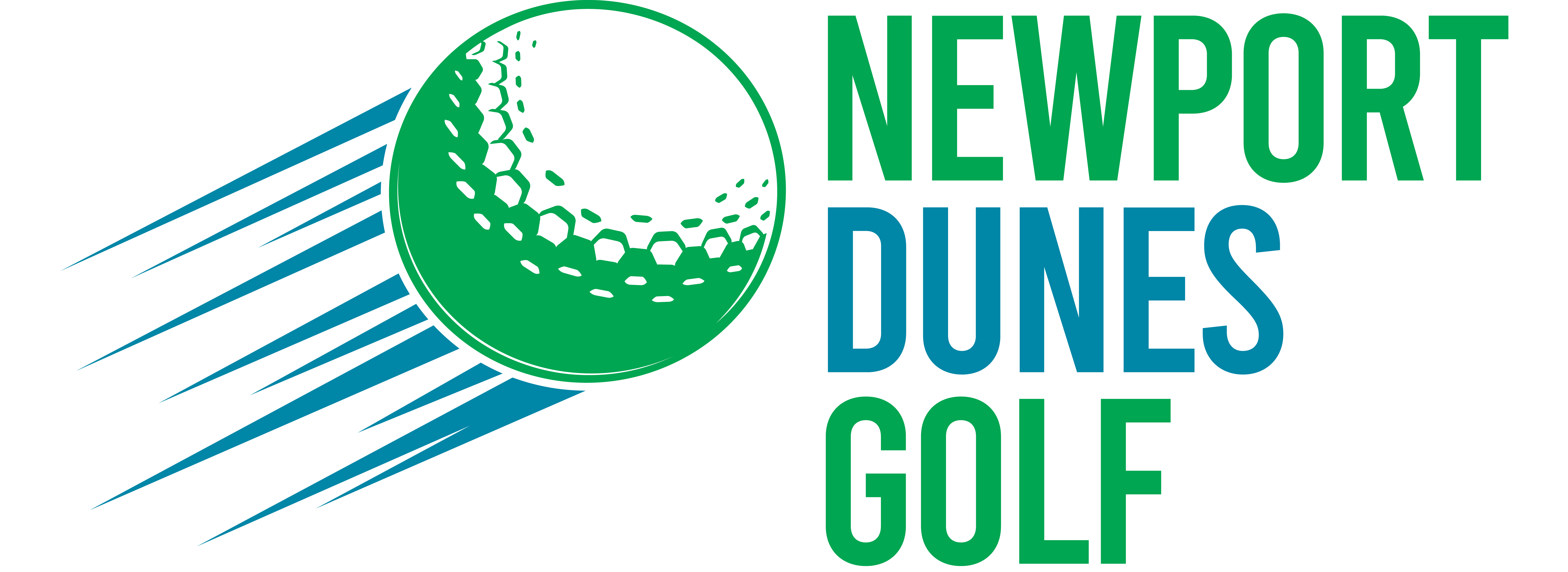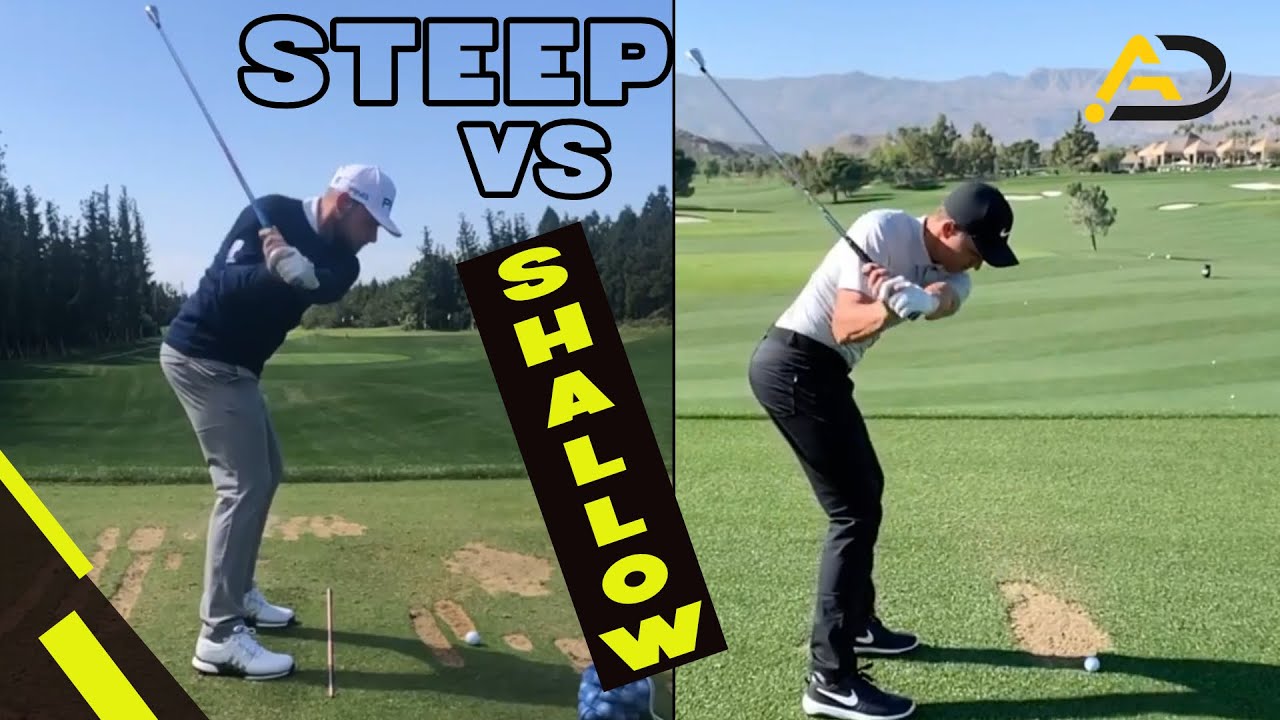
A putter is one of the most utilized clubs in the gear bag of any golfer.
A putter is a type of club that golfers use to finally hit the ball into the cup on each hole. The club’s face is usually flat or almost flat and it is designed to get the ball rolling forward instead of lifting it up from the grown and taking flight.
The putter has several nicknames such as the flat stick and the Texas wedge. For many players, the game of golf would be much easier without putting, since it can make or break a round of golf. Below are the various types of golf putters.
The Two Main Types of Putters

Face Balanced Putters
Face balanced putters refers to a type of putter whose face looks upwards when the shaft is balanced on a finger. As a result, the center of gravity tends to lie directly below the shaft’s axis. Face balanced putters are perfect for golfers with a straight putting stroke. This is because they tend to open less on the backswing and close less on follow-through.
Toe Balanced Putters
These kinds of putters usually have a toe pointing to the ground and when balancing the shaft on a finger. As a result, the center of gravity tends to lie directly below the axis of the shaft. With toe balanced putters, they tend to open and close throughout the stroke. This makes these putters perfect for players whose putting stroke has an arch.
Not all types of putters are designed to be balanced or face. Many putters tend to fall between face-balanced and toe-balanced putters and have a degree of toe hang.
Most putters usually fall in between and will have some degree of toe hang. If golfers can match their stroke type with the correct putter balance, then they will be consistent on the greens.
Read next: How To Measure Golf Club Length
Putters Types Based On Head Design

-
The Blade Putters
The blade putters are generally the oldest and most customary putter type in existence today. They have a classic design that features a relatively small head was quite popular in golf from 1900 to 1990 and this putter design is still being used by golf players today.
The flat and simple look of blade putters made the production of golf clubs much easier in the early days of golf. The soft hit that blade putters produced was pleasant on most types of greens. Traditionally, blade putters were suited to faster and harder greens that need a more delicate touch. Blade putters are usually face balanced and are ideal for players with a straight putting stroke.
-
Peripheral Weighted Putters
The peripheral weighted putter also known as a heel-toe weighted putter have evolved from the blade putter. These putters have a long and thin design at the address but it is still delicate and soft with added weight at the heel and toe portions adding more forgiveness and consistency.
This putter design because widely held and popular because of the Ping Anser design of 1966. This putter shape transformed the game of golf and the putters are still being used by top golfers in the world. The design of peripheral weighted putters make them suitable for almost all stroke types.
-
Mallet Putters
With mallet-shaped putters tee shots tend to be more forgiving and consistent. Since there are more sizes to play around with, most manufacturers employ different alignment shapes and aids on the rear head to assist players in aligning putts better.
With the deeper design that is on the head of the mallet putter, manufacturers are able to have a lower and deeper center of gravity. Furthermore, this designs elevates the Moment of Inertia (MOI), lowers the spins, and boosts performance on off-center putts. As a result, mallet putters tend to be face balanced are perfect for straight strokes.
Read next: What Is A Hybrid Golf Club
Types of Putters Based on Club Face Design and Inserts

The type of face you desire on a putter largely depends on the feel you prefer, the speed of greens you putt on, and what ball you are using. You should look for the right combination of golf ball and putter face to match with the greens you are playing on. Based on the faces and inserts the different types of putters are as follows:
-
Metal Faced Putters
Traditionally, putter face material was made of steel. Other types of metals used include brass, copper, titanium, bronze, zinc, and aluminum. The heavy and strong nature of metal makes it ideal for putter faces. Steel is known to give a hard, but responsive strike giving steel-based putters a controlled, solid feel.
The best thing about metal-faced putters is the loud noise they produce. As a result, you can hear the connection between your club and the ball. Furthermore, it enables players to feel and hear where the putter center is. Some metal-faced putters have milling on their faces that give them a softer sound and feel since there is less material that comes into contact with the ball. This may sound odd, but having a rough face aids its performance.
-
Insert Faced Putters
Insert putters are simply metal putters that have a lightweight non-mental insert instead of a metal face. The light insert allows easy redistribution of the putter’s weight and it can be added to the toe and heel of the putter. This helps to increase the MOI and offer more forgiveness. With inserts, players can play with a firmer cover ball and still enjoy the same feeling as though they were using softer balls that have a metal face.
-
Groove Faced Putters
There are putters that have grooves on the face. On any putt and any green, the impact of the putter on the golf ball usually results in sliding, back spinning, skidding, and hopping before the golf ball starts rolling on the green. Therefore, to ensure more accurate putting you must achieve a forward rolling motion immediately after striking the golf ball.
Upon impact with the ball, the grooves on the putter grip the ball surface and lift the ball from its resting position and exert an over-the-top rolling motion. Groove putters are mainly metal-faced, however, there are some insert putters with grooves to. As with all types of putters, trial and error will help you determine which type of these putters is perfect for you.
Read next: Best Beginner Golf Clubs
Types of Golf Putters Based On Shafts and Hosels Placement

In most cases, putters have steel shafts to guarantee a strong and consistent feel. The hosel refers to the point where the shaft meets with the putter’s head. Depending on the shaft and hosel designs, the different types of putters include the following.
-
Heel-Shafted Putters
The shaft of heel-shafted putters tends to directly link with the putter head which is the end that is closer to the player. No bent hosel is used to connect the shaft to the heel side of the golf club. Most simple blade putters have heel shafts.
-
Centre-Shafted Putters
Center-shafted putters usually connect in the same manner as heel-shafted putters. However, they usually meet the putter lengthwise at the center of the head. Selecting a center-shafted putter mainly depends on personal preferences. When selecting a putter, golfers pay attention to the hosel and some prefer a centrally placed hosel that leads the ball to the hole while others opt for heel-shafted putters that allow them to guide the put using the putter head.
-
Hosel Offset
An offset at the hosel is another design in some putters. In this case, the hosel bends backward and moves the bottom of the shaft ahead of the putter’s face to draw the hands of the player ahead of the ball through the impact. Almost all putters will have a degree of offset in them as most golf clubs do.
Types of Putters Based on Shaft Lengths
To guarantee quality strikes and consistent putting, you must find the right putter length that suits your height. A wrong putter length will result in inconsistent contact and bad posture. Based on shaft lengths, putters can be categorized as follows.
-
Traditional Length Putters
The 32 to 36-inch putter length is the most common putter length. This putter helps in creating a pendulum swing in the putting stroke. These putters must have the perfect height that allows the arms to hand down and grip so as to perfectly act as an extension of the player’s arm. This improves the ability of the golfer to utilize a pendulum-like stroke that gives the putt an accurate roll.
-
Belly Putters
Belly putters are usually 41 to 46 inches long. These putters bring stability to your put by generating a third point of contact, which includes the belly and the two hands. Since the putter can be secured against the body, the posture of the golfer does not change. However, the anchoring technique is not legal. Therefore, when using a belly putter, you must utilize it in a non-anchored manner.
-
Long Putters
Long putters usually have shaft lengths of between 48 and 52 inches. These putters are also known as 'broomhandle' putters and are the least common of the three types of putters. Long putters require a complete change in grip unlike the traditional and belly putters. Most players tend to grip these clubs with their left hand on the putter body, while the right hand acts as a claw in the middle area to pull and push through the putting line just like a pendulum. Mastering this skill is a challenge and requires lots of practice to perfect since all the power is in your right hand.
Read more: Best Disc Golf Putters For Beginners
In a Wrap
The putter is one of the regularly used clubs by most golfers. However, most players tend to choose a putter based on its looks on the rack or if it has a good reputation. The market is full of different styles of putters and since this club is used so much, it makes sense for you to pay close attention when choosing one.
When it comes to choosing a putter, you should consider the feel, the confidence it, and the comfort it provides when shooting the greens. Be sure to try out different golf putters before deciding the one that suits your needs. It best that you get a putter professionally fitted for you to ensure the best golf outcomes.











